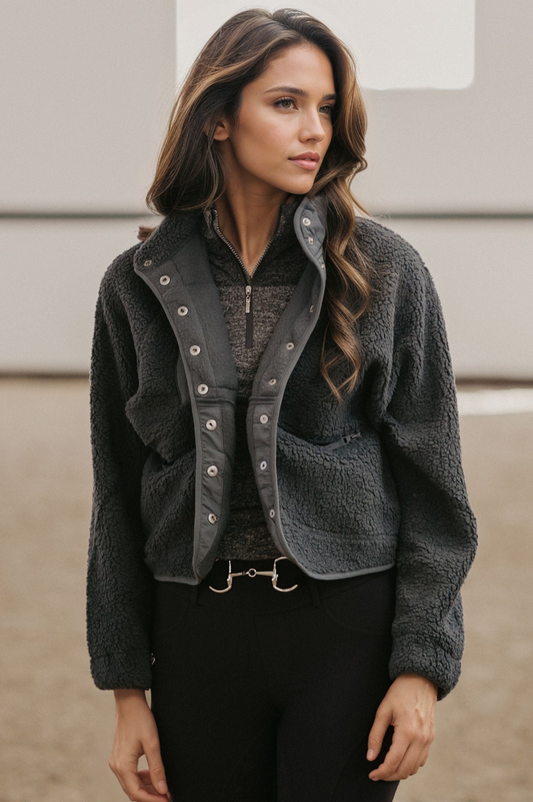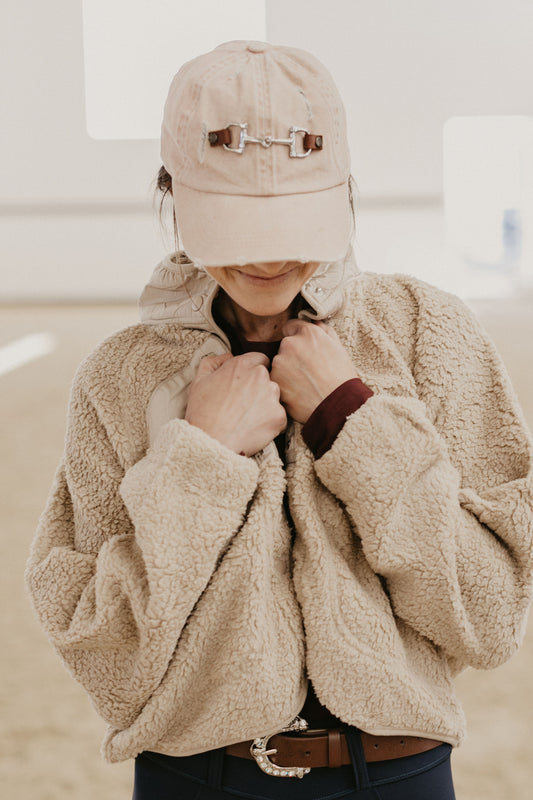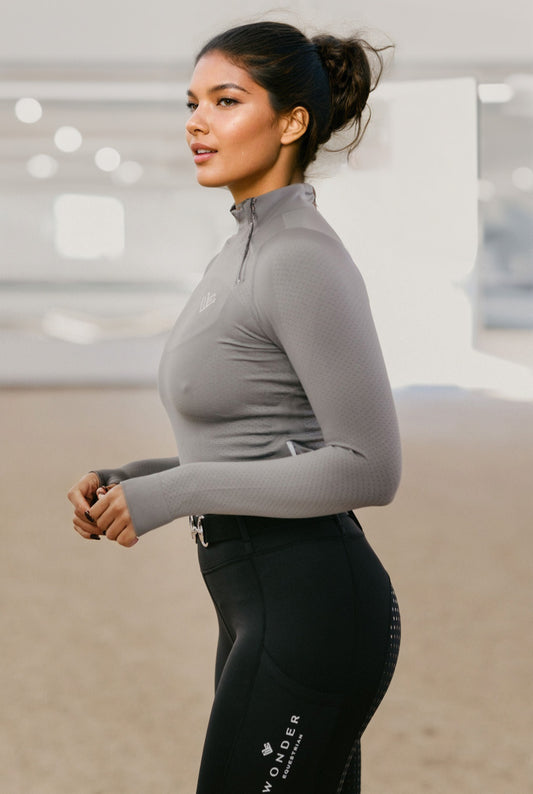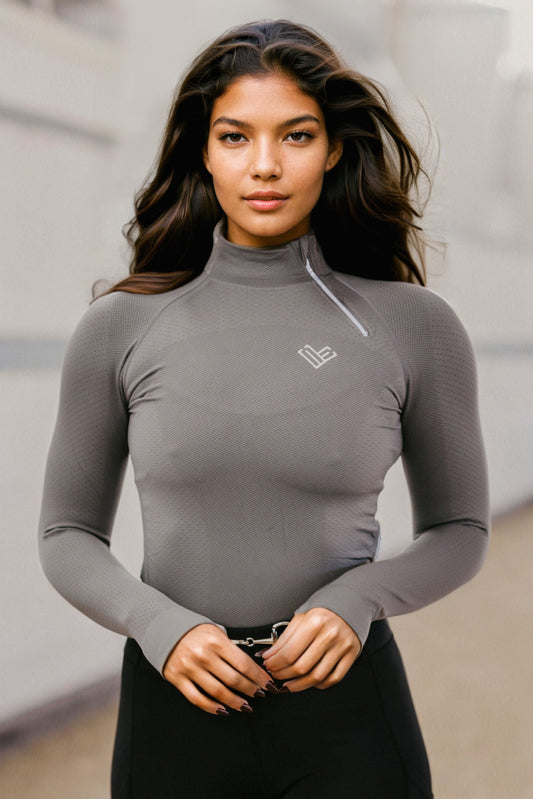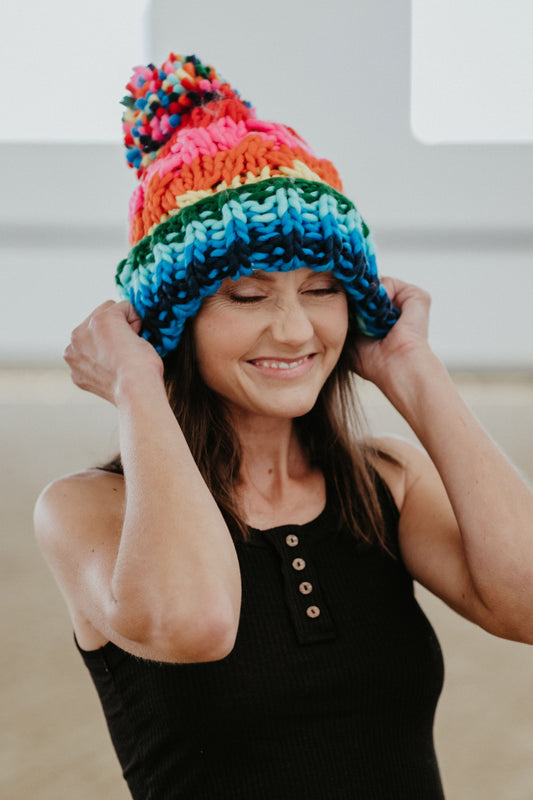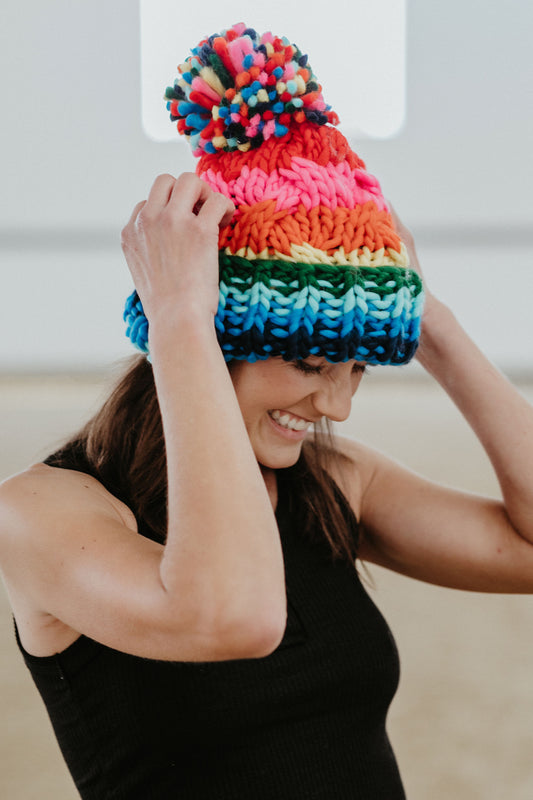The Elegance of Dressage: A Guide to Attire Essentials
Dressage, a term borrowed from the French meaning training, is a highly skilled form of riding performed in exhibition and competition. As an equestrian sport noted for its beauty, precision, and harmony between horse and rider, the attire worn is not merely for aesthetics; it serves functional purposes, reflecting the traditions and elegance of the discipline. In dressage competitions, a rider's appearance is considered almost as important as their riding skills, with judges often counting presentation as a part of the overall score. Below are the essential pieces of attire you'll need to look the part and perform at your best in the dressage arena.
The Dressage Coat: A Blend of Tradition and Style
The dressage coat is a staple of the rider's attire, characterized by its dark color, usually black or navy, and tailored fit to present a polished and professional look. It is traditionally made of wool or a wool blend, although modern materials offer lightweight and breathable options. The coat should have a single vent at the back to allow for flexibility and movement while riding. Details like velvet collars and subtle piping can add an element of style while adhering to competition regulations.
Breeches: Combining Comfort and Function
Breeches are close-fitting trousers, essential for freedom of movement and comfort during a ride. For dressage, white or beige breeches are typically preferred. They should be made from a stretchable fabric that provides grip and allows for full range of motion. Knee patches or full-seat styles offer additional grip in the saddle, helping the rider maintain a proper position and effective aids.
The Dressage Shirt: A Base of Elegance
Underneath the dressage coat, a rider wears a dressage shirt, which is often white to match the breeches. These shirts are designed with a stock collar to accommodate a stock tie—the iconic, white, folded neckwear that is a classic symbol of dressage attire. Modern dressage shirts are made with moisture-wicking materials to keep riders cool and comfortable under the pressure of competition.
Headgear: Safety Meets Tradition
Safety is paramount in all equestrian sports, and headgear is no exception. Dressage riders traditionally wear a black velvet-covered helmet, although safety-approved helmets of other materials are also acceptable. The key is to ensure that the helmet fits properly and conforms to current safety standards. For certain levels of competition or during award ceremonies, you might see riders sporting a top hat, which complements the elegance of the dressage ensemble.
Footwear: The Foundation of a Rider's Ensemble
The proper footwear is crucial for safety and performance. Tall, black dress boots are the norm in dressage and should fit snugly around the rider's leg, providing support and allowing for subtle communication with the horse. For those starting out or riding at lower levels, short boots paired with gaiters may also be acceptable. As with the helmet, it is important that boots are comfortable for the rider and allow for accurate aids to the horse without slipping.
Accessories: The Finishing Touches
Gloves are not only a practical accessory for maintaining a good grip on the reins but also serve to complete the polished look of a dressage rider. White or dark-colored gloves are preferred. In addition, a neatly tied stock tie fastened with a stock pin, often adorned with decorative elements such as a small gem or horse motif, adds an element of sophistication to the rider's attire.
Hair should be neatly contained, often in a bun or hairnet, to maintain a tidy appearance and prevent distractions during a ride. The overarching theme for dressage attire is cleanliness, tradition, and subtlety, with an emphasis on the harmonious presentation of both the horse and rider.
Final Considerations: Dressage Attire Etiquette
While the essentials mentioned ensure a proper dressage turnout, it’s important to review the specific rules and regulations set forth by the dressage organization overseeing the competition. These rules can vary slightly and evolve over time, so staying up-to-date is critical for competitive success.
Ultimately, the goal is to showcase the partnership between horse and rider. In the dressage ring, precision, harmony, and discipline are mirrored not only in performance but in appearance as well. The right attire can not only boost a rider's confidence but also convey a deep respect for the time-honored traditions of the sport of dressage.
Shop Wonder Equestrian



